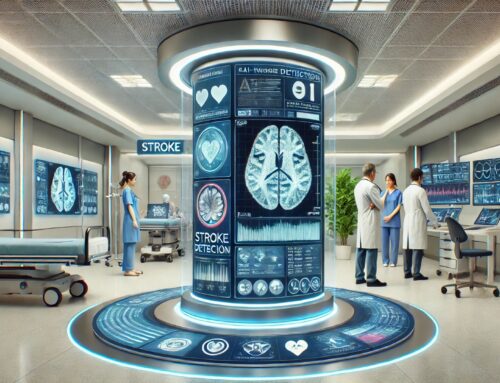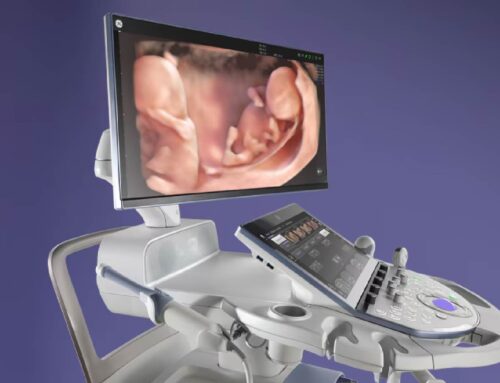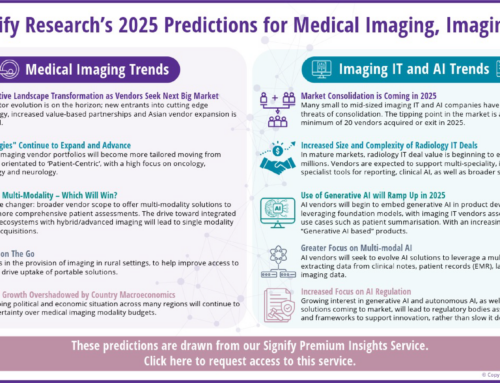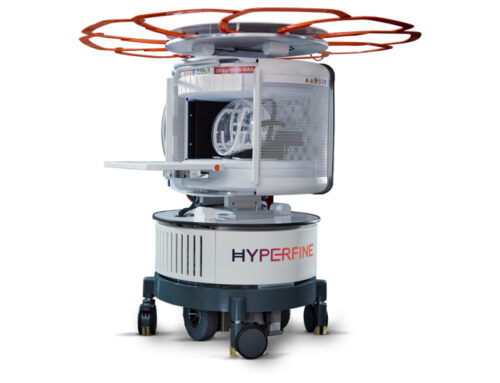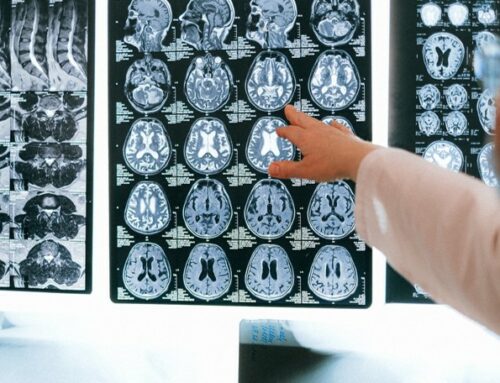By Dr. Moira Schieke, CEO and Founder at Cubismi |
Predicting the future is hard. In recent years, healthcare “futurists” and “artificial intelligence” (“AI”) practitioners declared that radiology professionals would be replaced in five short years with autonomous machines directing decision-making and actions for patient care. Over $2 billion was invested in “AI Automation” for medical imaging alone, yet most FDA approvals for these algorithms have now been called into question and the dangerous failure rates in “open” clinical environments (~93%) is now widely recognized. This dangerous hype now sits in the “trough of disillusionment” on a Digital Health version of the Gartner Hype Cycle. These years of hype, however, were not without negative consequences that we must now address. The hype aimed to diminish the importance of radiology professionals, yet I understand that trained diagnosticians, such as radiologists, are essential and highly valuable for a successful future for digital medicine.
As a physician, radiologist, digital medicine innovator, and the founder of Cubismi, I approached envisioning the future through a very different lens than my AI colleagues. At the inception of Cubismi, our team defined a “Trust-by-Design” agile development framework to assure our business and technology adheres to accepted standards of medical ethics, patient safety, human rights, and digital rights. Specifically, we “put our stake in the ground” that medical professionals must maintain control of decision-making and actions for patient care, now and in the future.
We can make the case for why physicians must maintain control of decision-making and actions through various angles, including important ethics arguments. Here, I’d like to focus on the limitations of AI, essential human abilities, essential specific capabilities of trained medical professionals, and my personal perspective as a practicing clinical radiologist. I frame these arguments within what we believe is a needed paradigm switch from “artificial intelligence” to “decision intelligence” for health tech.
At Cubismi, we define decision intelligence for interactive digital diagnostics as a formalized approach to augment professional decision-making and actions using established decision pathways and modern algorithmic tools. The difference between “artificial intelligence” and decision intelligence lies in understanding the limitations of “AI” versus the vast and critical abilities of a trained human medical professional (figure 1). Turing award winner Dr. Yann LeCun has outlined the limitations of AI as a categorizer, and the human abilities that help us navigate the world that AI cannot do. As a practicing radiologist, I understand that only a small fraction of the job entails categorization, and many radiologists like myself embrace using modern algorithmic tools to improve and optimize categorization of health data. “AI” tools and machine learning allow massive brute calculation of massive data, including imaging and other types of data, to output more precise predictions than we can today using our cognitive classification models alone. However, I also understand that what radiologists and other professional diagnostics disciplines do requires far more of the human abilities outlined by Dr. LeCun that “AI” cannot do: the contextualization of the relationships between things, predictions to understand cause and effect, and planning and decision-making based on external and internal factors. I also understand how professionals can make good decisions from scant data based on our cognitive “frames.” As physicians, our “frames” for clinical decision-making are formed by many years of education, residency training, and direct clinical experience. Last, part of our cognitive “frames” stem from our knowledge of existing decision pathways based on centuries of medical science. Our cognitive “frames” are thus essential for safe and accurate medical decisions and actions for high quality patient care.
Cloud-enabled decision intelligence will empower medical professionals’ higher cognitive abilities and take advantage of centuries of medical science, clinical knowledge, and validated clinical decision pathways, while also leveraging modern algorithmic tools. The goal for digital transformation for healthcare should be the disruption of legacy technology, not medical science and established safe patient care pathways. Powerful cloud technology allows us to create a leap forward with digital transformation to allow modern algorithmic tools to do brute calculations on massive data (“categorization”), but also allow us to leverage cloud interface technology for physicians to control these tools using validated decision intelligence pathways. We can then leverage higher human abilities to turn massive health data into valuable augmented decision-making and actions for optimal and safe patient care.
Predicting the future is hard. Gartner has a long history of correctly predicting trends, and decision intelligence is now an identified top Gartner trend. I argue that diagnostic professionals, such as radiologists, will be essential for decision intelligence. Therefore, in stark contrast to “AI” practitioners, here’s my prediction for radiologists: diagnostic professionals, such as radiology professionals, will be among the most highly sought-after by healthcare systems and enjoy a thriving job market in coming years. It follows that it will be imperative for the C-suite to focus on providing diagnostic professionals with the new technology they need to turn their valuable skills and expertise into value for their healthcare system in a new era of cloud-enabled decision intelligence.
References
- Cukier, V. Mayer-Schonberger & F. De Vericourt; Framers: Human Advantage in The Age of Technology and Turmoil; https://www.penguinrandomhouse.com/books/635943/framers-by-kenneth-cukier-viktor-mayer-schonberger-and-francis-de-vericourt/
- Pratt; Link: How Decision Intelligence Connects Data, Actions, and Outcomes For A Better World; https://www.lorienpratt.com/linkthebook/
- Pratt; When AI Isn’t Enough: the New Discipline of Decision Intelligence; https://www.linkedin.com/pulse/when-ai-isnt-enough-new-discipline-decision-lorien-pratt/
- Sicular & E Brehtenoux; Decision Intelligence Is the Near Future of Decision Making: A Gartner Trend Insight Report; https://www.gartner.com/en/documents/3891518/decision-intelligence-is-the-near-future-of-decision-mak
- New York Times, Artificial Intelligence: How We Help Magazines Learn; https://www.nytimes.com/paidpost/facebook/artificial-intelligence-how-we-help-machines-learn.html
 About the Author
About the Author
Dr. Moira Schieke is a digital medicine innovator, cancer imaging and MRI expert, board certified clinical radiologist, and CEO/Founder of Cubismi, Inc. Cubismi is pioneering interactive digital diagnostics to personalize actionable visualizations and precision insights to transform each patient’s journey. Using advanced human-computer interaction systems and integrated cloud-enabled communications, the company aims to significantly reduce misdiagnosis rates by improving cognitive ergonomics and communication across healthcare systems. Holding patented 5D Cancer Computer Vision technology, the company will also push new frontiers for precision era care. With awarded patents dating back to 2015 leveraging neural networks and machine learning in the area of biomarkers and medical imagery, Dr. Schieke is a recognized leading digital medicine innovator and inventor. She holds key leadership positions, including serving as Chair for the IEEE 2673 Standard patient-controlled open databases for digital medicine.




